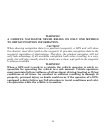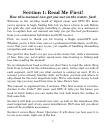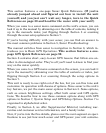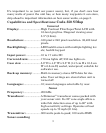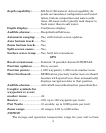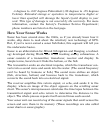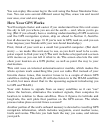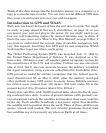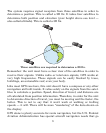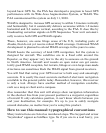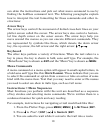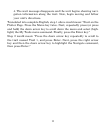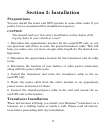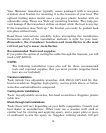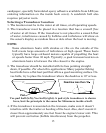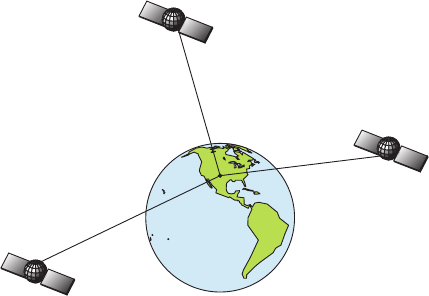
8
The system requires signal reception from three satellites in order to
determine a position. This is called a 2D fix. It takes four satellites to
determine both position and elevation (your height above sea level
—
also called altitude). This is called a 3D fix.
Three satellites are required to determine a 2D fix.
Remember: the unit must have a clear view of the satellites in order to
receive their signals. Unlike radio or television signals, GPS works at
very high frequencies. These signals can be easily blocked by trees,
buildings, an automobile roof, even your body.
Like most GPS receivers, this unit doesn’t have a compass
or any othe
r
navigation aid built inside. It relies solely on the signals from the satel-
lites to calculate a position. Speed, direction of travel, and distance are
all calculated from position information. Therefore, in order for the unit
to determine direction of travel, you must be moving and the faster, the
better. This is not to say that it won’t work at walking or trollin
g
speeds — it will. There will be more "wandering" of the data shown on
the display.
GPS alone is plenty accurate for route
navigation, but the U.S. Federal
A
viation Administration has special aircraft navigation needs that go



